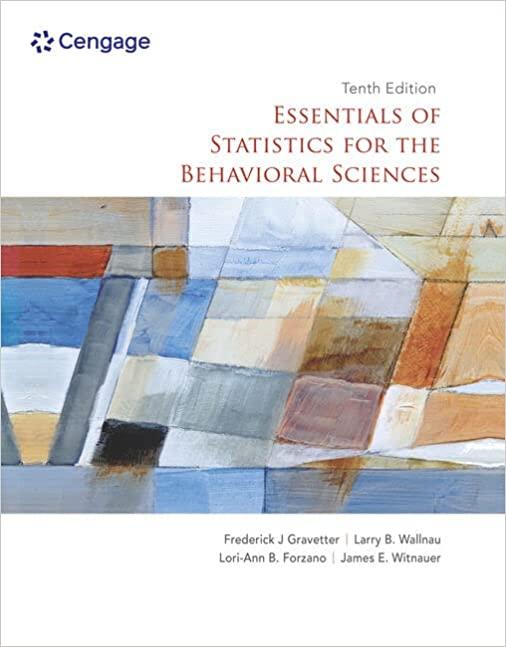Dwyer, Figuerooa, Gasalla, and Lopez (2018) showed that learning of flavor preferences depends on the relative value
Question:
Dwyer, Figuerooa, Gasalla, and Lopez (2018) showed that learning of flavor preferences depends on the relative value of the reward with which a flavor is paired. In their experiment, rats received pairings of a cherry flavor with 8% sucrose solution after exposure to 32% sucrose solution, which made the 8% solution a relatively low value. On other trials, a grape flavor was paired with 8% sucrose solution after exposure to a 2% sucrose solution, which made the 8% solution a relatively high value. Thus, cherry was paired with a relatively low-value reward and grape was paired with a relatively high-value reward. They observed that rats consumed more in ounces of cherry flavor than grape flavor at a later test.
a. Identify the independent and dependent variables for this study.
b. What scale of measurement is the dependent variable?
c. Is the dependent variable discrete or continuous?
d. Imagine that the researcher reported that subject number 4 consumed 2.5 ounces of cherry-flavored water. Consumption of the solution was rounded to the nearest tenth of an ounce. What are the lower and upper real limits of subject 4’s score?
Step by Step Answer:

Essentials Of Statistics For The Behavioral Sciences
ISBN: 9780357365298
10th Edition
Authors: Frederick J Gravetter, Larry B. Wallnau, Lori Ann B. Forzano, James E. Witnauer





